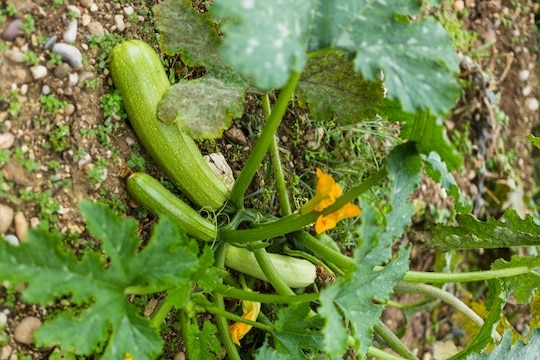Squash is a versatile and nutritious vegetable that comes in various shapes, sizes, and flavors. Whether you’re planning to grow butternut squash, zucchini, or any other type of squash in South Africa, it’s important to be aware of certain factors that can affect the success of your crop. Here are ten important things you should know before growing squash:
- Climate and Region: Squash thrives in warm climates with plenty of sunshine. In South Africa, squash cultivation is successful in regions with a Mediterranean climate, such as the Western Cape and parts of the Eastern Cape. Squash prefers temperatures between 18°C and 27°C for optimal growth.
- Soil Requirements: Squash prefers well-drained soil with good fertility. Before planting, prepare the soil by removing weeds, rocks, and debris. Amend the soil with organic matter, such as compost, to improve its structure and nutrient content. Squash plants prefer a slightly acidic to neutral pH range of 6.0 to 7.0.
- Variety Selection: There are several squash varieties to choose from, including butternut, spaghetti, acorn, and zucchini. Consider factors such as taste preference, growth habit, and disease resistance when selecting the right variety for your specific growing conditions.
- Planting Time: Squash is a warm-season crop and should be planted when the soil temperature reaches around 18°C. In South Africa, this typically occurs in spring or early summer. Wait until the risk of frost has passed before planting squash seeds or seedlings.
- Planting Method: Squash can be directly sown from seeds or started indoors and transplanted later. If starting indoors, sow seeds in biodegradable pots to avoid disturbing the delicate roots during transplanting. Harden off seedlings before planting them in the garden to acclimate them to outdoor conditions.
- Spacing and Trellising: Squash plants need adequate space to spread out and grow. Provide enough room between plants to ensure proper air circulation and prevent overcrowding. Spacing requirements vary depending on the specific squash variety, so refer to the seed packet or plant label for recommended spacing. Some squash varieties, like certain types of zucchini, can be trellised to save space and improve air circulation.
- Irrigation: Squash plants require regular watering to ensure even soil moisture. Provide sufficient water, especially during dry periods, but avoid overwatering, as it can lead to root rot. Consider using a drip irrigation system to deliver water directly to the plant roots and minimize moisture on the foliage, which can promote disease.
- Fertilization: Squash plants are heavy feeders and benefit from regular fertilization. Before planting, incorporate well-balanced organic fertilizer or compost into the soil. Additionally, consider side-dressing the plants with compost or applying a balanced organic fertilizer during the growing season to ensure they receive the necessary nutrients for healthy growth and fruit development.
- Pest and Disease Management: Squash plants can be susceptible to pests such as aphids, squash bugs, and diseases like powdery mildew and bacterial wilt. Implement integrated pest management strategies, including regular monitoring, cultural practices, and the use of organic pest controls when necessary. Practice crop rotation and maintain good garden hygiene to minimize disease pressure.
- Harvesting: Squash is typically ready for harvest when the fruits reach their mature size and have a firm rind. Harvesting times vary depending on the variety, but generally, summer squash can be harvested when the fruits are small and tender, while winter squash should be left on the vine until the rind is hard. Use a sharp knife or pruning shears to cut the squash from the vine, leaving a short stem intact.
By considering these ten important factors before growing squash in South Africa, you’ll be better equipped to cultivate a successful crop. Stay vigilant with pest and disease management, provide adequate water and nutrition, and enjoy the delicious and versatile fruits of your labor.







